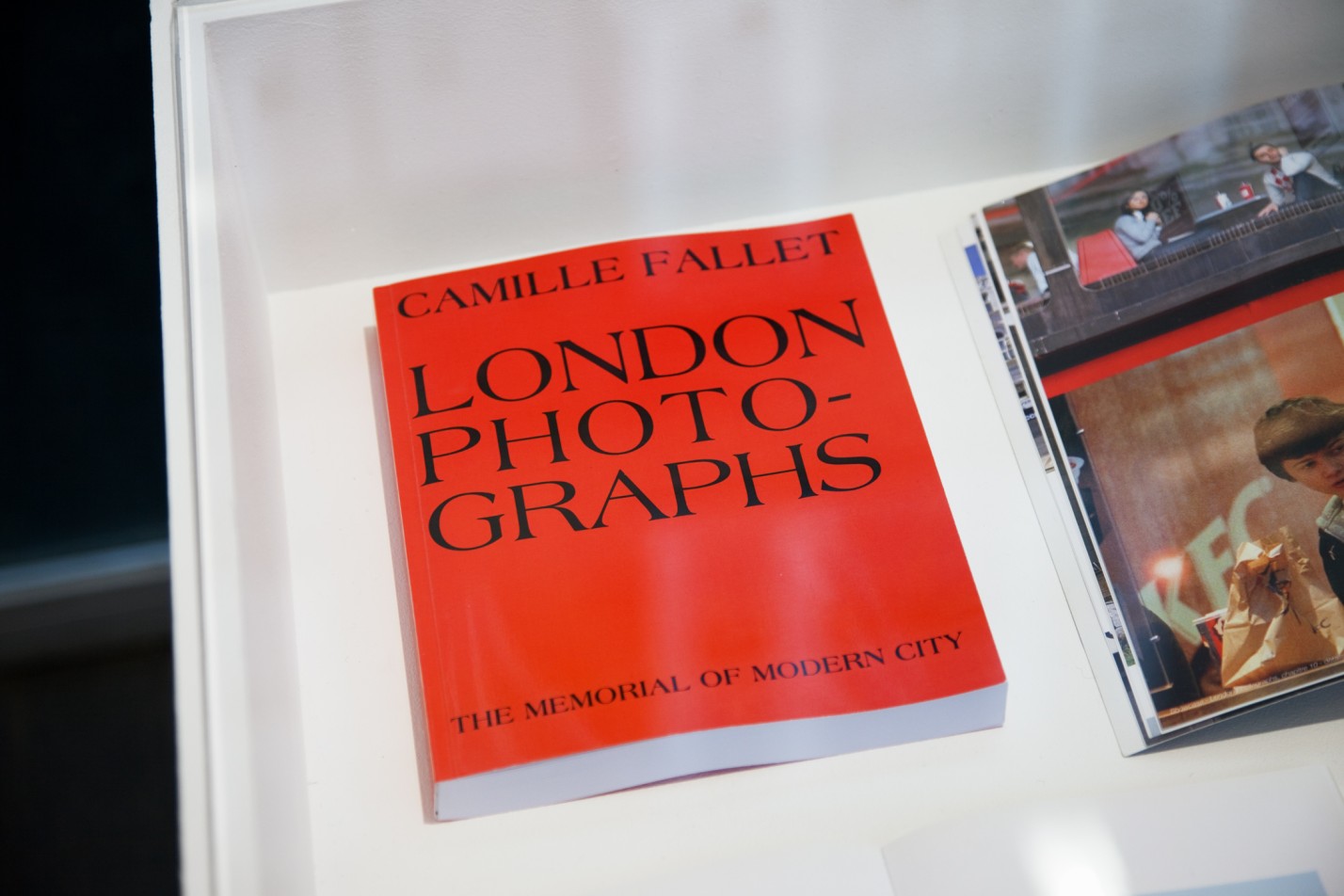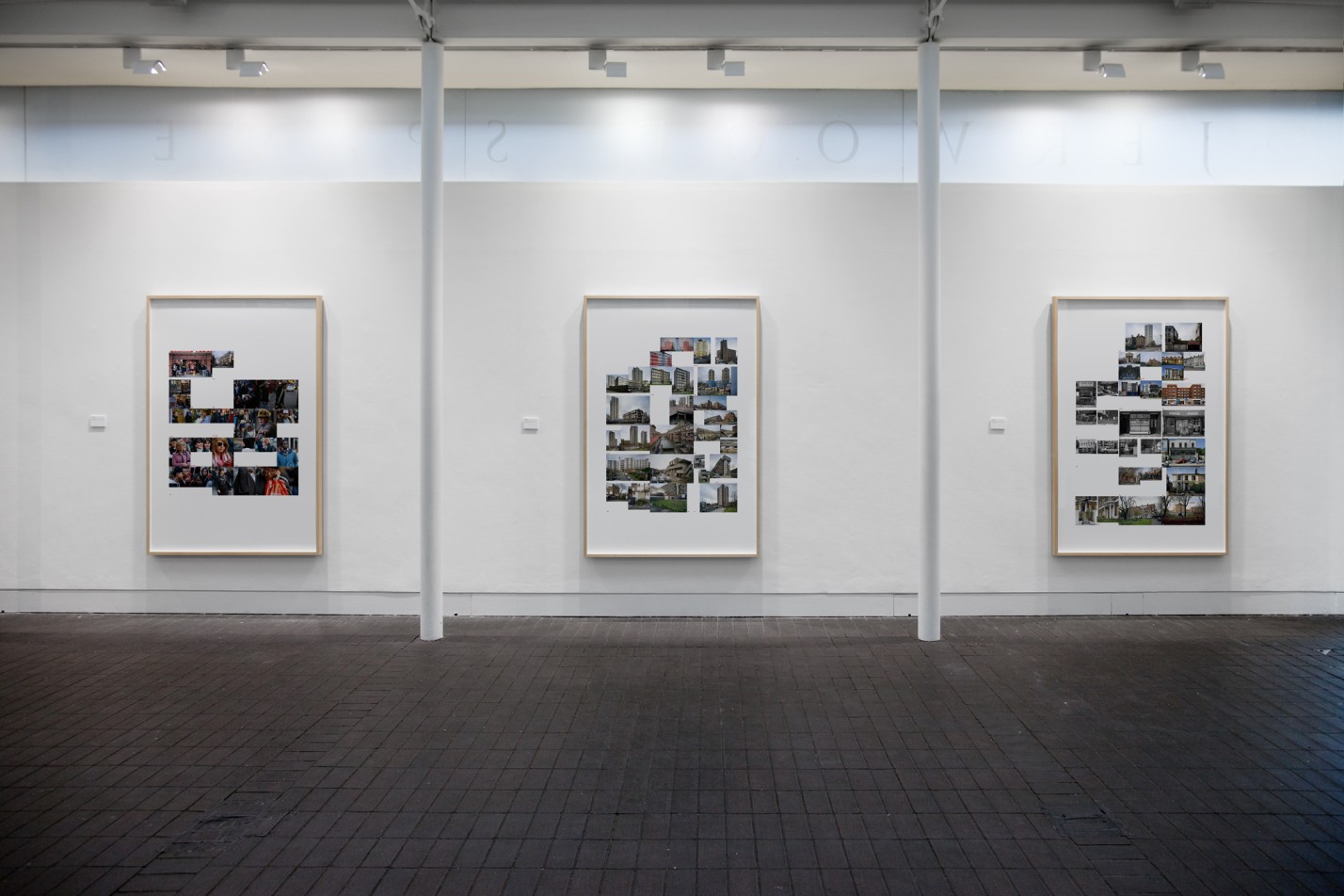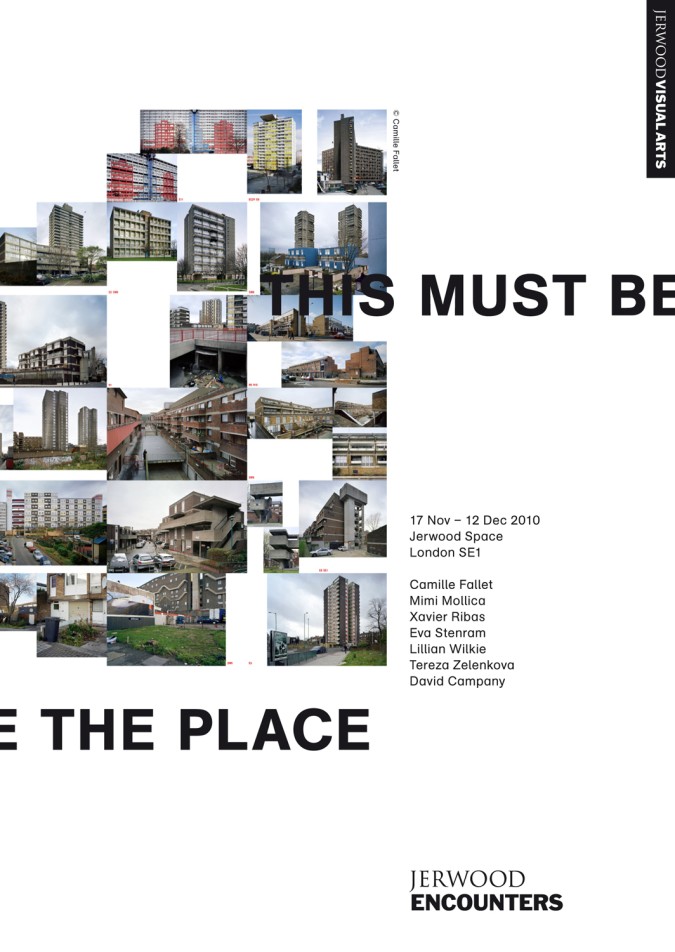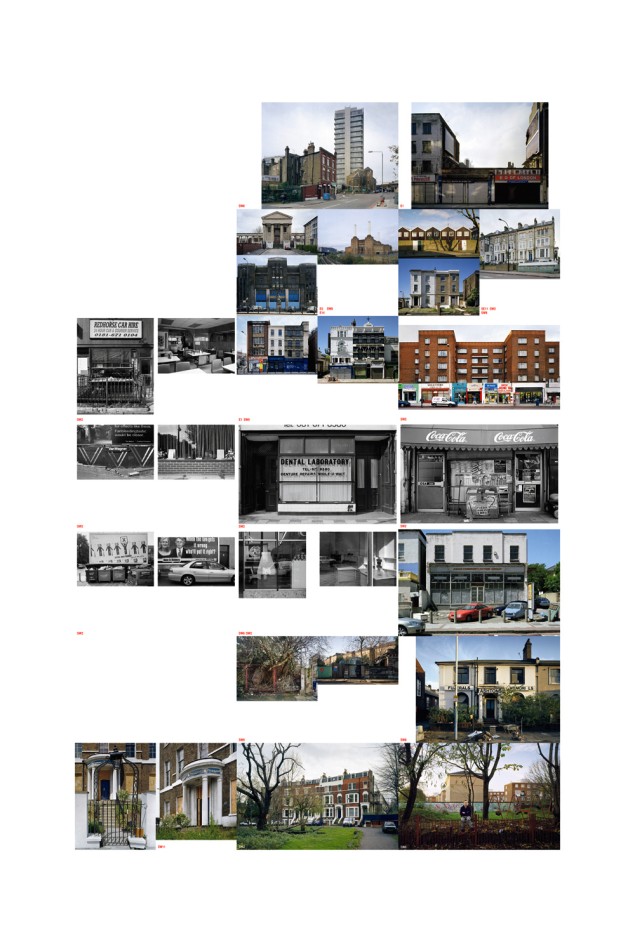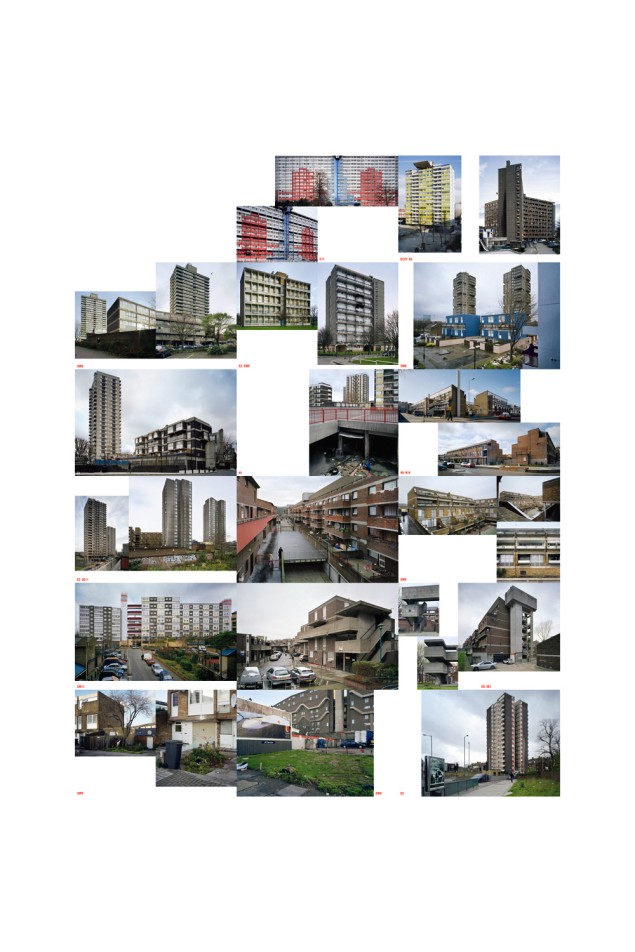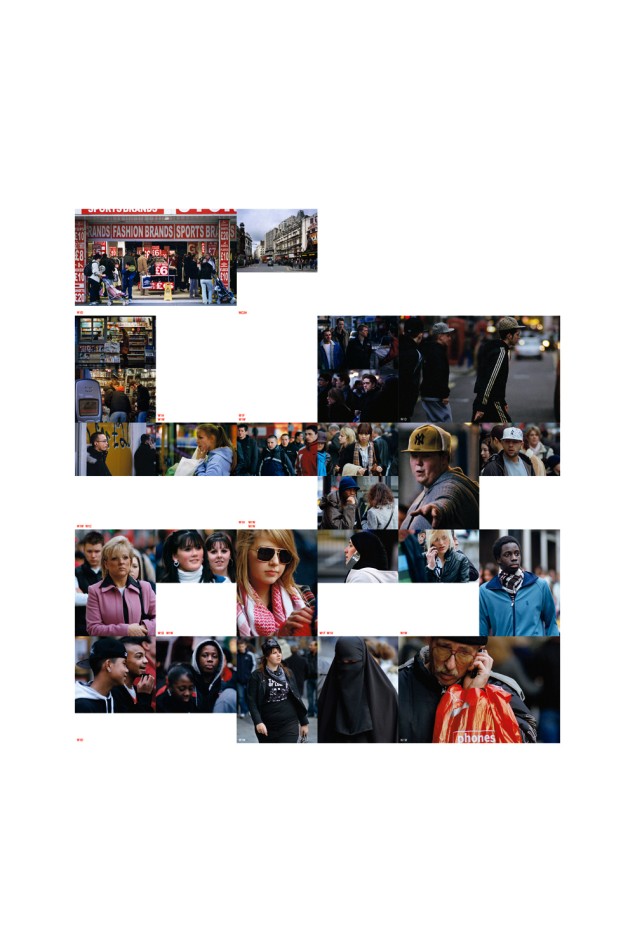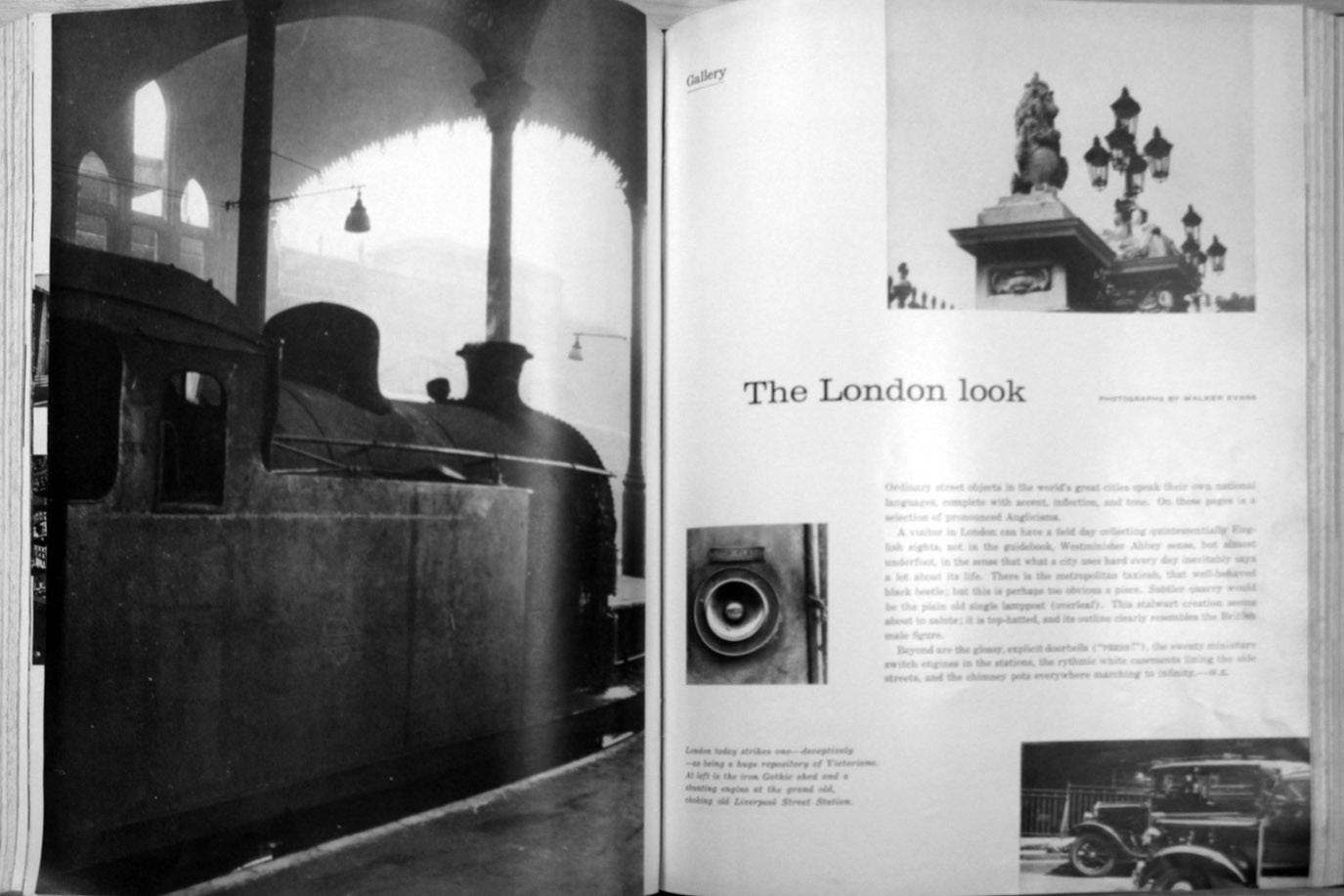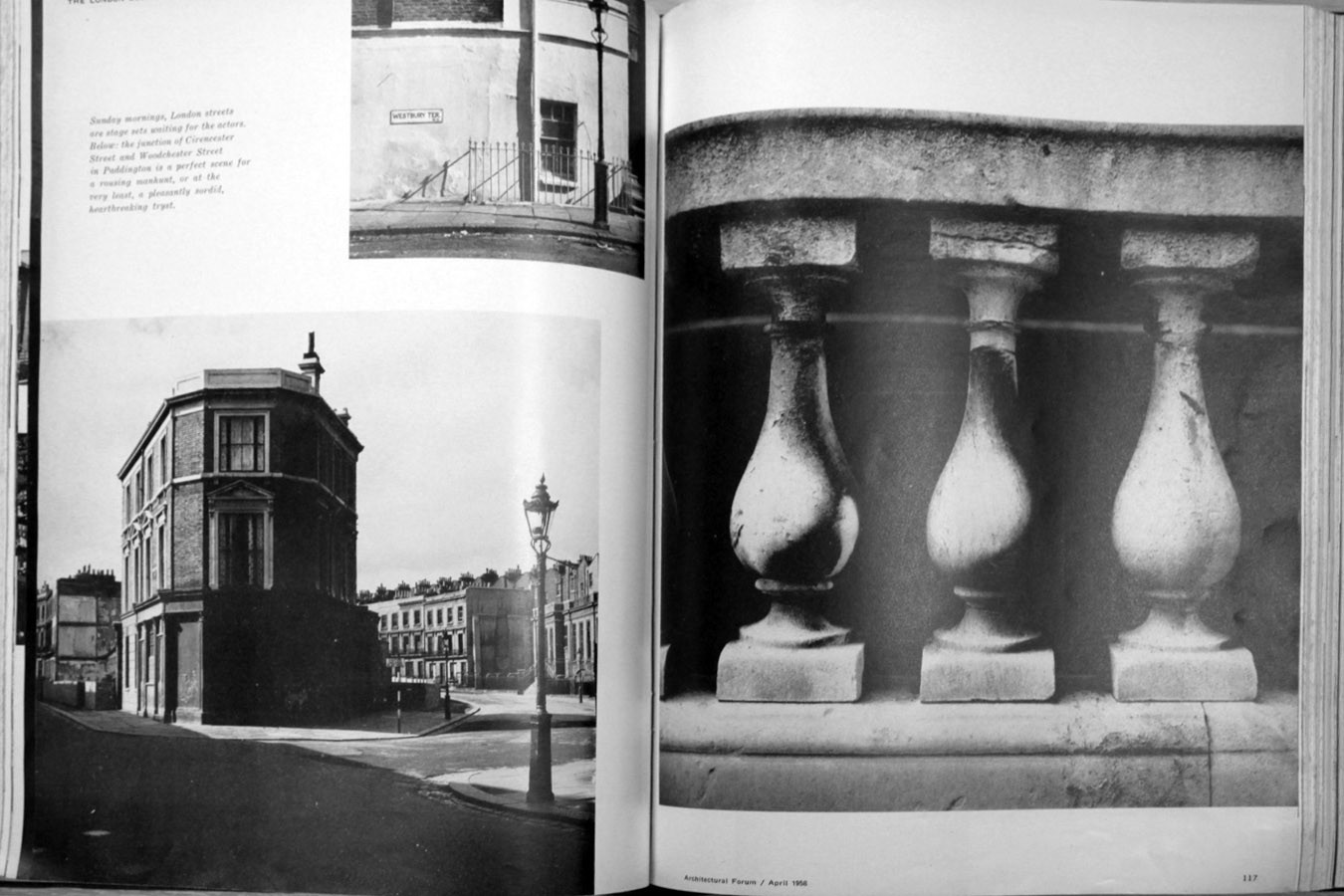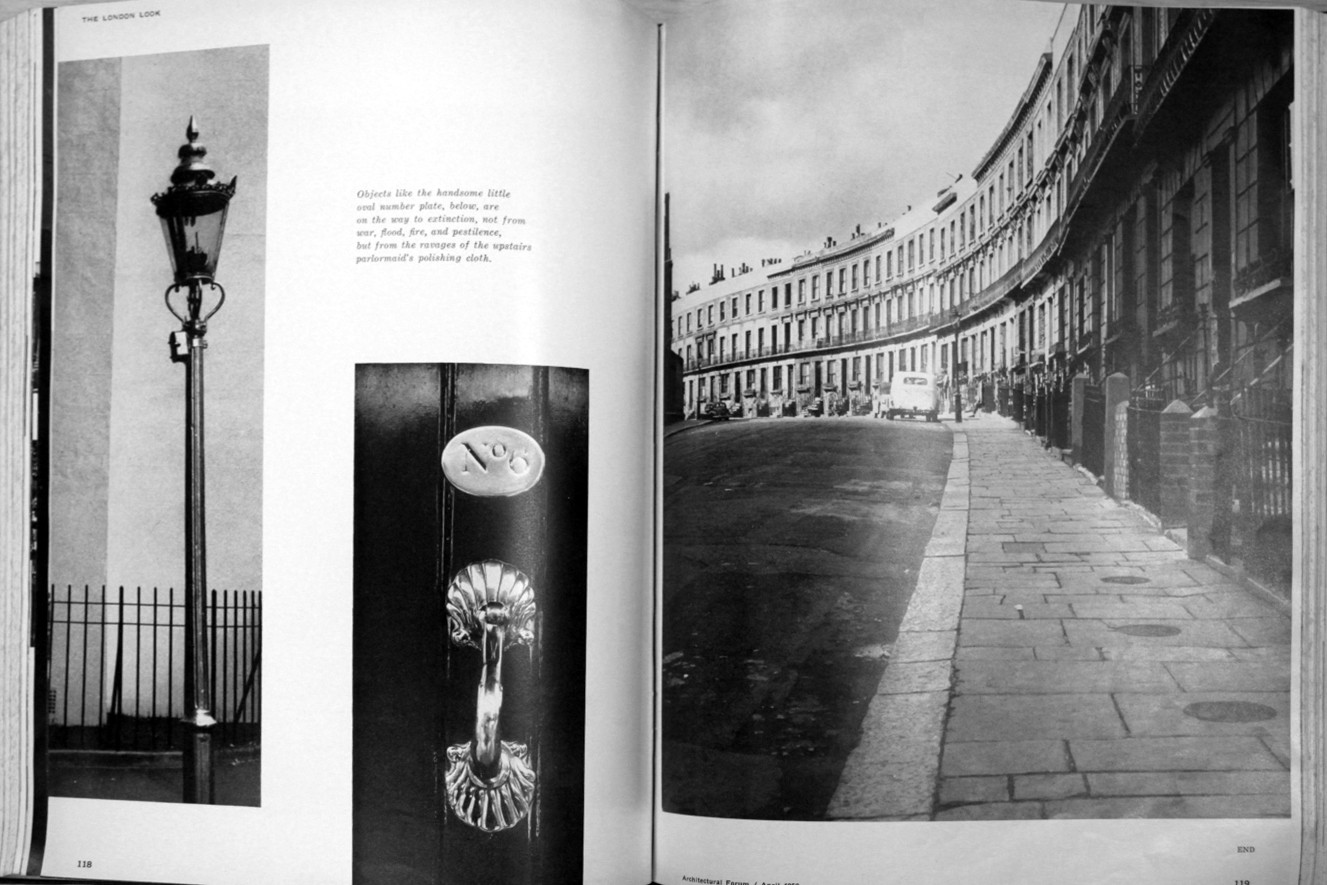Camille Fallet
commissariat de David Campany
travaux de Camille Fallet, Mimi Mollica, Xavier Ribas, Eva Stenram, Lillian Wilkie, Tereza Zelenkova and David Campany
Rares sont ceux qui n’ont pas remarqué qu’une grande partie du débat actuel sur la photographie tourne autour des questions de temps, de durée et d’histoire. Les critiques, les commentateurs, les théoriciens et les photographes ont tendance à formuler leurs intérêts et leur compréhension de la photographie en termes strictement temporels. En même temps (jeu de mots), on peut dire que la photographie est autant basée sur l’espace ou le lieu que sur le temps. Son optique l’exige. La photographie est presque automatiquement spatiale, et la rendre autrement demande des efforts considérables et pervers. Lorsque le Jerwood Space m’a demandé d’organiser une exposition de photographie contemporaine, de nombreux praticiens dont le travail m’intéressait vraiment étaient intimement impliqués dans l’exploration de lieux, d’emplacements d’une sorte ou d’une autre. Cela avait quelque chose à voir avec le renouveau de la discussion au Royaume-Uni sur le rôle de la photographie dans la production et la compréhension critique de ce que l’on appelle désormais la «mondialisation». Il s’agit d’un terme vaste et général, et je laisse au spectateur le soin d’en discerner la présence ici. This Must Be the Place rassemble des réponses à plusieurs endroits dans le monde : Barcelone, Dresde, Londres, Dakar, Xiamen et Shanghai, Zabriski Point et l’espace virtuel de l’internet. Chaque projet aborde différemment l’idée de lieu, le médium et la présentation. L’exposition comprend des collages, des livres, des images trouvées, des séquences, des installations, des films et des diaporamas. Camille Fallet vit à Marseille et à Paris, mais a étudié pendant deux ans au Royal College of Art de Kensington. Pendant cette période, il a réalisé une étude photographique extrêmement ambitieuse sur le caractère des différents environnements de Londres, presque code postal par code postal. Ses groupements soigneusement assemblés de l’architecture et des habitants de la ville rappellent quelque peu l’enquête de Walker Evans sur l’anonymat vernaculaire de l’Amérique urbaine des années 1930. Fallet était fraîchement arrivé à Londres et a couvert la ville très rapidement, presque comme s’il savait que son jugement serait le plus aigu avant qu’il ne devienne trop familier avec elle, trop adapté à ses modes de vie. Les conclusions de Fallet sonnent-elles juste ? Nous devons les mesurer à l’aune de nos propres expériences de Londres. Le projet existe sous deux formes : un livre inédit et une série de grands collages encadrés d’images apparentées. Les trois collages exposés ici sont les réponses de Fallet à l’architecture brutaliste de l’après-guerre et aux clients des grandes rues. Le projet s’intitule London Photographs, d’après le célèbre livre American Photographs (1938) de Walker Evans. Evans avait lui-même visité Londres dans les années 1950 et publié ses conclusions sous la forme d’un court essai photographique dans le magazine Architectural Forum. Intitulé «The London Look», il est présenté ici comme un contrepoint et un précurseur du travail de Fallet. David Campany
Curated by David Campany
Works by Camille Fallet, Mimi Mollica, Xavier Ribas, Eva Stenram, Lillian Wilkie, Tereza Zelenkova and David Campany
Few could have failed to notice that much of the current discussion about photography revolves around questions of time, duration and history. Critics, commentators, theorists and photographers tend to frame their interests and understanding of it in thoroughly temporal terms. At the same time (pun intended) photography is, arguably, as space- or place-based as it is time based. Its optics demands it. Photography is almost automatically spatial, and to make it otherwise requires great and perverse effort.
When the Jerwood Space asked me to put together an exhibition of contemporary photography many of the practitioners whose work was really engaging me were intimately involved with exploring places, locations of one kind or another. This had something to do with the revival of discussion in the UK about the role of photography in the production and critical understanding of what has come to be called ‘globalization’. That’s a grand and general term so I leave it to the viewer to discern its presence here.
This Must Be the Place brings together responses to several locations around the world: Barcelona, Dresden, London, Dakar, Xiamen and Shanghai, Zabriski Point, and the virtual space of the internet. Each project makes a different approach to the idea of location, a different approach to the medium and a different approach to presentation. The show includes collaged composites, books, found images, sequences, installations, films and slideshows.
Camille Fallet lives in Marseille and Paris but studied for two years at the Royal College of Art in Kensington. During that time he made a hugely ambitious photographic study of the character of London’s varied environments, almost postcode by postcode. His carefully assembled groupings of the city’s architecture and citizens recall something of Walker Evans’ survey of the vernacular anonymity of 1930s urban America. Fallet was fresh to London and covered the city very fast, almost as if he knew his judgment would be most acute before he became too familiar with it, too adjusted to its ways of life. Do Fallet’s findings ring true? We must measure them against our own experiences of London. The project exists in two forms: as an unpublished book and as a series of large framed collages of related imagery. The three collages on show here are Fallet’s responses post-war brutalist architecture and high street shoppers. The project is titled London Photographs, after Walker Evans’ celebrated book American Photographs (1938). Evans had himself visited London in the 1950s and published his findings as a short photo-essay in the magazine Architectural Forum. Titled the ‘The London Look’ it is shown here as a counterpoint and precursor to Fallet’s work.
...
David Campany
